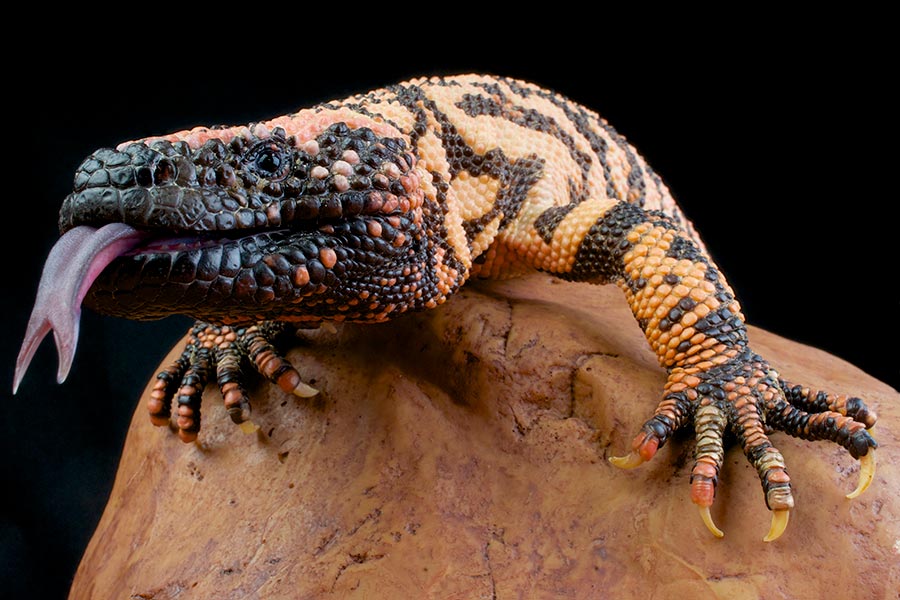≡
Long-eared Owl
Asio otus
NatureServe conservation status
Global (G-rank): G5
State (S-rank): S3S4
External links
General information
The long-eared owl, Asio otus, occurs in North America, Europe, Asia, and Africa. In North America, this bird breeds throughout much of Canada, the western United States, and the northeastern United States. The winter range of this owl is not well understood. Commonly, populations will remain within the breeding range through the winter, but studies have also revealed evidence of seasonal migration, with some birds appearing in southern Mexico during winter. This owl is found throughout Utah, especially where woodlands are bordered by fields or other open habitats.
The long-eared owl preys on a variety of rodents, often voles, but food items also include birds, bats, rabbits, and even lizards. Old stick nests built in trees by other birds, such as magpies, ravens, or hawks, are used by this owl. Usually three to five eggs are laid in March or April. The eggs are incubated by the female alone for 26 to 28 days. During this period, and for several weeks after the eggs hatch, the female relies upon the male to bring food to the nest. Owlets leave the nest three weeks after hatching and live in the trees surrounding the nest, but they are unable to fly until they are about 35 days old. When the young are eight or nine weeks old, they can fly well enough to begin hunting, but the male parent continues to feed the young until they are ten or eleven weeks old.
Phenology
Basically nocturnal, though diurnal foraging may occur at high latitudes or when feeding young.
Species range
BREEDS: southern and eastern British Columbia to northern Saskatchewan and Prince Edward Island, south to northwestern Baja California, southern New Mexico, northern Mexico, Arkansas, and Virginia. WINTERS: southern Canada to northern Baja California, central Mexico, and Gulf Coast. Also in Old World.
Migration
Migratory in most of Canada and north-central U.S. At Cape May Point, New Jersey, 90% of fall migration was completed between mid-October and late November (Duffy and Kerlinger 1992). See also Russell et al. (1991) for an account of fall migration at Cape May Point, New Jersey.
Habitat
Deciduous and evergreen forests, orchards, wooded parks, farm woodlots, river woods, desert oases. Wooded areas with dense vegetation needed for roosting and nesting, open areas for hunting. Often associated with conifers in eastern North America, also with deciduous woods near water in West. Nests in tree usually in old nest of crow, squirrel, hawk, magpie, or heron; sometimes in tree cavity; rarely on ground (e.g., Maples et al. 1995, Wilson Bull. 107:563-565). In northeastern Oregon, nested in dwarf-mistletoe brooms in Douglas-fir in extensive conifer (grand fir) forest (Bull et al. 1989). Apparently commonly nests in same site in successive years. In Idaho, 4 males nested 0.5-1.5 km from natal site.
Food habits
Opportunistic; feeds on available small mammals (usually <50 g) (Marks 1984). Typical primary prey in North America includes MICROTUS, PEROMYSCUS, and PEROGNATHUS; varies with locality (e.g., THOMOMYS in Oregon; Bull et al. 1989). Typically forages in open grassy area, e.g., marsh, old field, but may forage in forest in some areas (e.g., northeastern Oregon, Bull et al. 1989).
Ecology
Breeding density generally not more than 1-2 pairs per sq km, often much less. Home ranges in Wyoming riparian habitat varied from 34-106 hectares (mean 51 hectares; Craighead and Craighead 1956). Gregarious in winter.
Reproductive characteristics
Nests mainly mid-March to mid-May in many areas. Clutch size averages 4-5 in North America, highest in north and west. Incubation lasts 25-30 days, normally by female only. Young leave nest at 20-26 days, fly at 30-40 days, independent at about 2 months. Sexually mature in 1 year. High rodent numbers are essential for nesting success.
References
- Marks, J. S., D. L. Evans, and D. W. Holt. 1994. Long-eared owl (Asio otus). Birds of North America 133: 24 pp.
- Baicich, P. J., and C. J. O. Harrison. 1997. A guide to the nests, eggs, and nestlings of North American Birds, Second Ed. Academic Press, San Diego. 347 pp.










